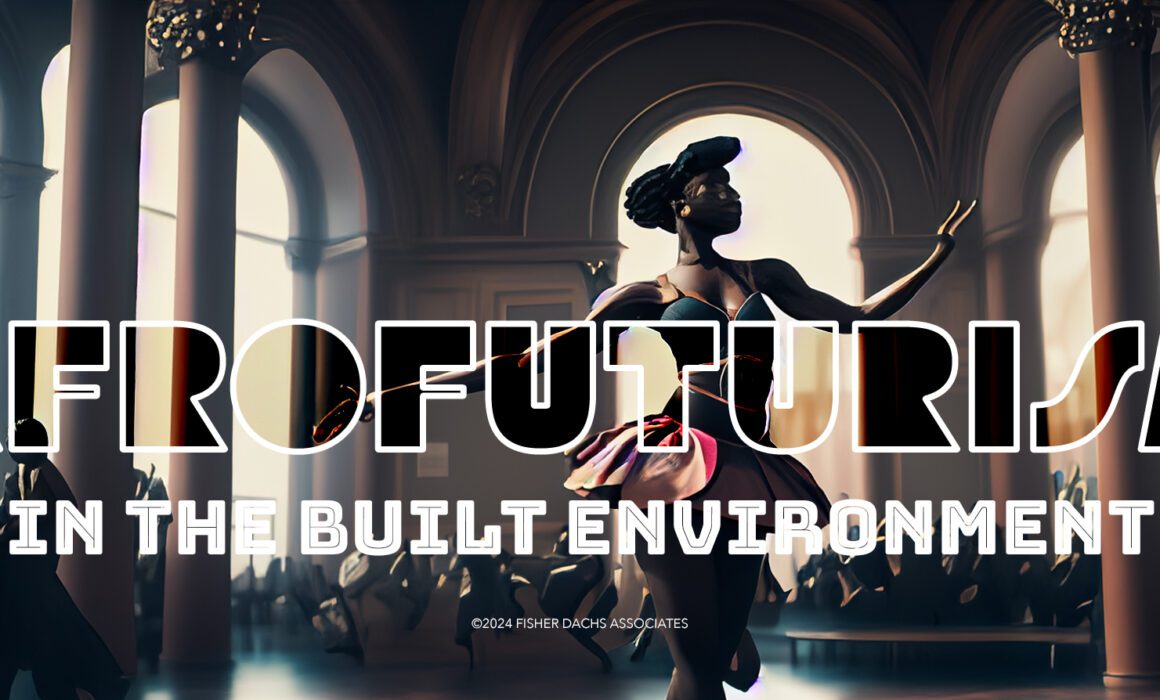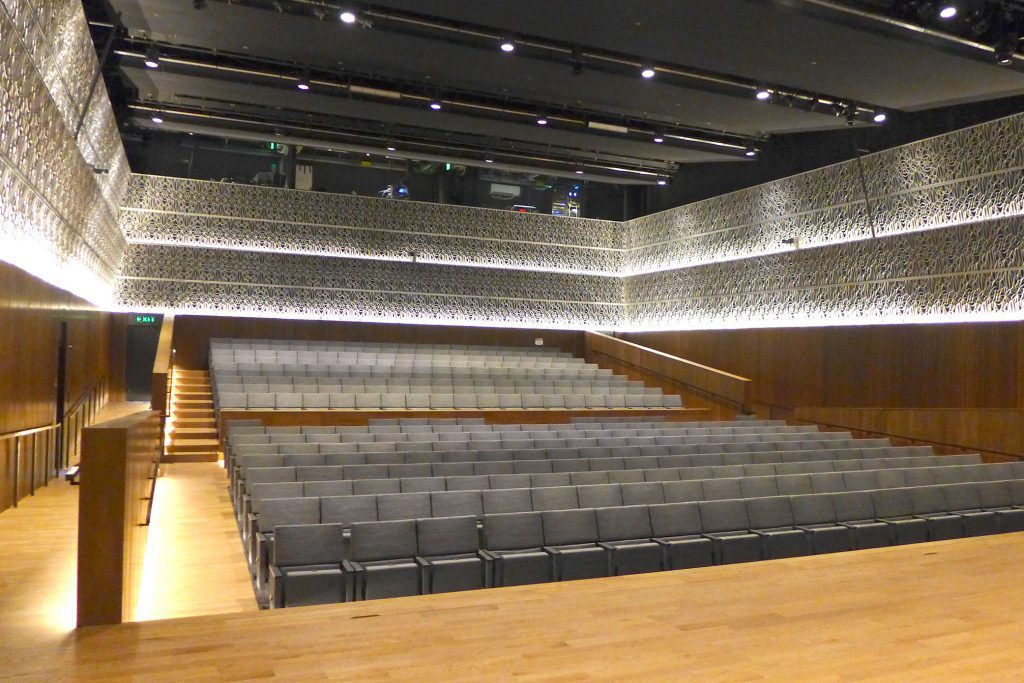Building the Future, Rooted in the Past — Afrofuturism in the Built Environment
Picture a skyscraper, a marvel of modern engineering, soaring upwards. Its gleaming facade and intricate network of beams and trusses might lead you to believe it rose from the ground in an instant, a testament to human ingenuity. But the truth, like the building’s foundation, lies unseen. Beneath the surface lies a complex history, a network of interconnected layers – bedrock, concrete, steel – each crucial in supporting the structure’s present and determining its future potential.
Black history is not merely a floor in this metaphorical building, relegated to a specific level or confined to a single room. It’s the very bedrock upon which the entire structure rests. Ignoring it is akin to neglecting the foundation, risking cracks, instability, and ultimately, a future where the building crumbles.
As far back as the majestic pyramids of Giza and the intricate mudbrick architecture of Mali, Black communities have shaped the global built environment for millennia. Today, this legacy continues to evolve with the rise of an idea called Afrofuturism, a movement that blends African diasporic heritage with futuristic technology and design. In the architecture, engineering, and construction (AEC) industry, Afrofuturism is not just an aesthetic; it’s a powerful lens reimagining the future of our cities and spaces.
Afrofuturist architecture goes beyond sleek curves and metallic facades. It’s a design philosophy centered on community needs, sustainability, and cultural identity. Afrofuturist architects repurpose abandoned buildings into vibrant community centers, and utilize locally sourced materials and traditional building techniques to create sustainable housing solutions. These projects showcase how Afrofuturism prioritizes social impact alongside innovation. As the old African proverb goes “It takes a village.”
Typically, conversations about Black history predominantly focus on struggle and adversity, and rightfully so. However, despite facing historical and current discrimination within the AEC industry, Black professionals are making significant strides.
Organizations like the National Organization of Minority Architects (NOMA) advocate for increased representation and leadership roles. Individuals like Dr. Kari Ekow Nimako, a Ghanaian architect renowned for his sustainable and culturally sensitive designs, and Norma Merrick Sklarek, the first Black woman licensed architect in California, serve as inspirations for the next generation of Black architects and engineers.
The impact of Black professionals extends beyond design and into the engineering and construction fields. Initiatives like the National Society of Black Engineers (NSBE) empower Black engineers to tackle challenges in infrastructure, renewable energy, and smart cities. Construction companies like The Clark Construction Group, led by CEO Christopher Williams, demonstrate how Black leadership can foster inclusive workplaces and drive positive change within the industry.
Afrofuturism in the AEC industry represents a call to action. It demands dismantling systemic barriers and creating equitable opportunities for Black and marginalized professionals. It urges building practices that prioritize social responsibility and environmental sustainability. As we envision the future of our cities, Afrofuturism offers a powerful framework for creating spaces that are not just innovative but also inclusive, just, and rooted in the rich heritage of Black communities.
Expand your knowledge and understanding with these resources
- Afrofuturism: A History of Black Futures edited by Kevin M. Strait
- Black Built by Paul A. Wellington
- The Black Experience in Design edited by Anne H. Berry
- Black Landscapes Matter by Walter Hood and Grace Mitchell Tada
- Dark Space by Mario Gooden
- Hip-Hop Architecture by Sekou Cooke
- Race and Modern Architecture edited by Irene Cheng, Charles L. Davis II, Mabel O. Wilson
- Reconstructions: Architecture and Blackness in America edited by Sean Anderson, Mabel O. Wilson
If you enjoyed reading this article, subscribe to our monthly eDigest for more.


